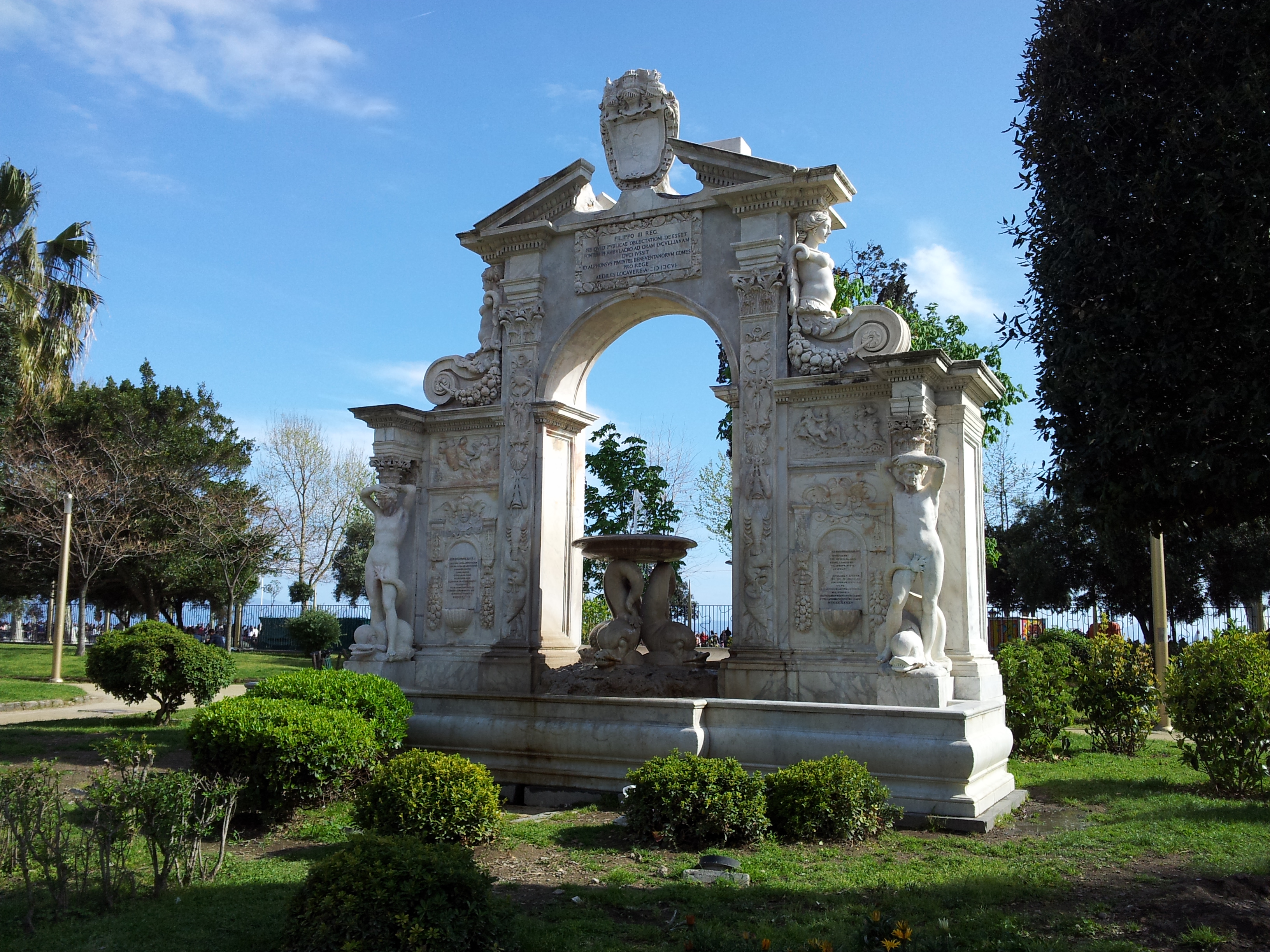|
Michelangelo Naccherino
Michelangelo Naccherino (Florence, March 6, 1550 – Naples, February, 1622) was an Italian sculptor and architect, active mainly in the Kingdom of Naples, Italy. He supposedly was a pupil of Giambologna in Florence, but due to disagreements moved to the Kingdom of Naples in 1573. From 1575-1577, he was active in Palermo, where he worked alongside Camillo Camilliani in the construction of the Fontana Pretoria, a project of Francesco Camilliani. Returning to Naples, he completed a number of Mannerist projects such as the tomb of Alfonso Sanchez (1588–89) in the Basilica of Santissima Annunziata Maggiore and a crucifix (1599) for the church of San Carlo all'Arena. He also completed a ''Madonna della Sanità'' for the church of Santa Maria della Sanità in the zone of Materdei, where he lived. In the early 1600s, he participated in a variety of projects, including the Fontana di Santa Lucia and the Fontana del Gigante (along with Pietro Bernini). In 1607, he su ... [...More Info...] [...Related Items...] OR: [Wikipedia] [Google] [Baidu] |
Kingdom Of Naples
The Kingdom of Naples ( la, Regnum Neapolitanum; it, Regno di Napoli; nap, Regno 'e Napule), also known as the Kingdom of Sicily, was a state that ruled the part of the Italian Peninsula south of the Papal States between 1282 and 1816. It was established by the War of the Sicilian Vespers (1282–1302), when the island of Sicily revolted and was conquered by the Crown of Aragon, becoming a separate kingdom also called the Kingdom of Sicily. In 1816, it reunified with the island of Sicily to form the Kingdom of the Two Sicilies. The territory of the Kingdom of Naples corresponded to the current Italian regions of Campania, Calabria, Apulia, Basilicata, Abruzzo, Molise and also included some areas of today's southern and eastern Lazio. Nomenclature The term "Kingdom of Naples" is in near-universal use among historians, but it was not used officially by the government. Since the Angevins remained in power on the Italian peninsula, they kept the original name of the Kingdom ... [...More Info...] [...Related Items...] OR: [Wikipedia] [Google] [Baidu] |
